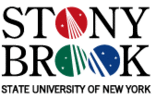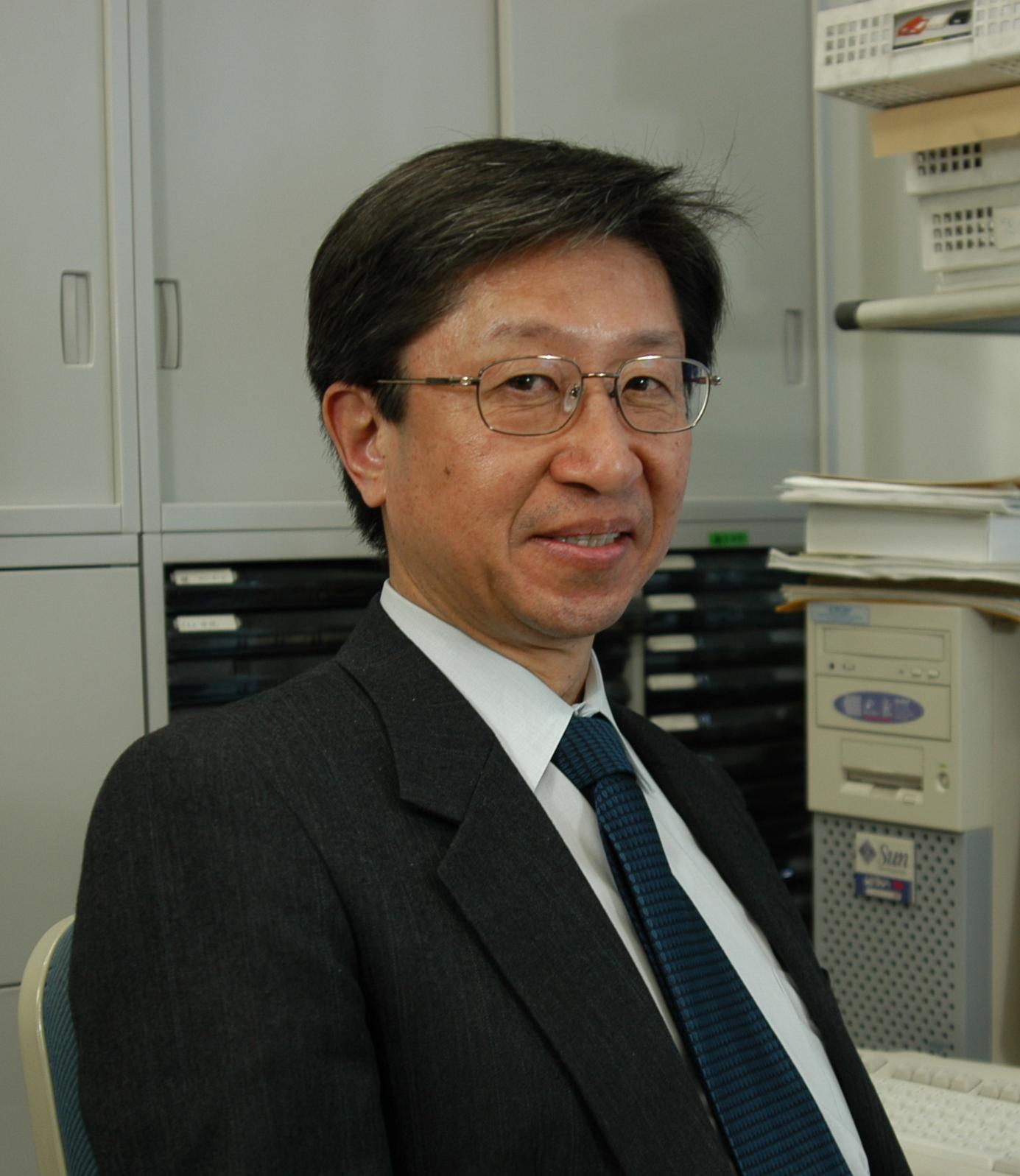
| ACM Solid and Physical Modeling Symposium |
| Stony Brook University, June 2 - 4, 2008 |
News and Updates
Call for Papers
Organization
Important Dates
Paper Submission
Technical Program
Invited Speakers
Siemens PLM Software Best Paper Award
Workshops
Mini-Symposia
Venue
Travel
Hotels
Social Events
Registration
About Stony Brook
Contact Us
Previous Conferences
Sponsors
Other Events
| Invited Speakers |
|
Dr. Kokichi Sugihara received a Bachelors of Engineering, a Masters of Engineering and a Doctor of Engineering in 1971, 1973, and 1980, respectively from the University of Tokyo. He worked at Electro Technical Laboratories and Nagoya University and presently is a professor at the University of Tokyo. His research interest includes mathematical engineering, computational geometry, robust computation, computer vision and computer graphics. He is the author of "Machine Interpretation of Line Drawings" (MIT Press, 1986), and one of the coauthors of "Spatial Tessellations --- Concepts and Applications of Voronoi Diagrams" (John Wiley and Sons, First Edition in 1991, and Second Edition in 2000). Title: Toward Superrobust Geometric Computation
Abstract:
Home |
News and Updates |
Call for Papers
|
Organization
|
Important Dates
|
Paper Submission Technical Program | Invited Speakers | Siemens PLM Software Best Paper Award | Workshops Mini-Symposia | Venue | Travel | Hotels | Social Events | Registration | About Stony Brook | Contact Us Previous Conferences | Sponsors | Other Events Page maintained by webadmin |
